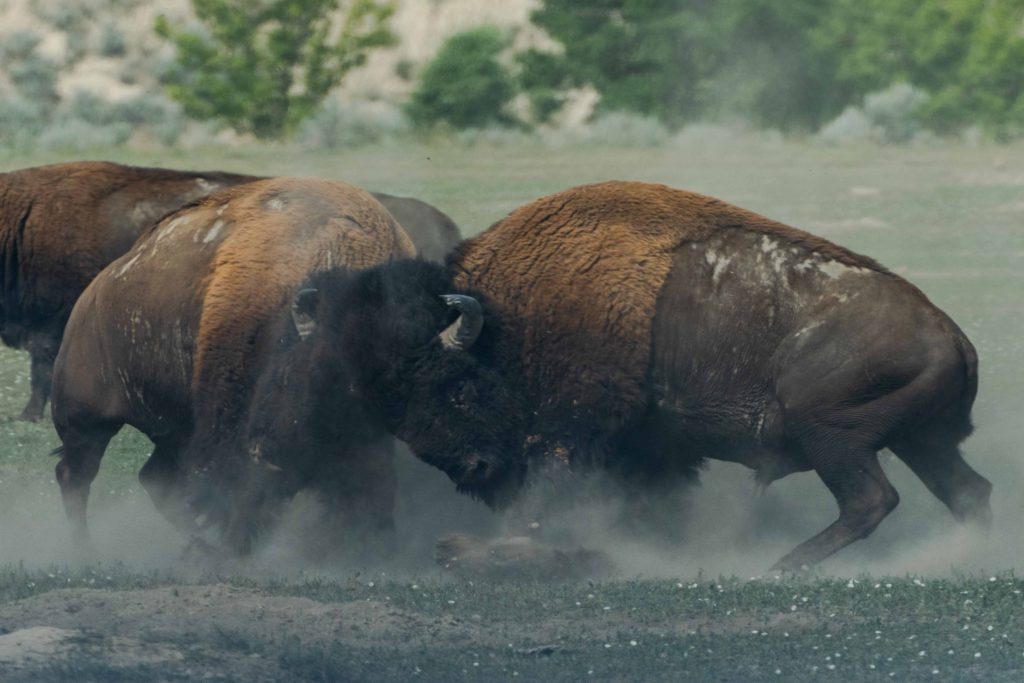 On November 7, TV will return to more mundane commercials. No longer will we be regaled with vicious character attacks based on information we are not privy to. The hyperbolic assaults that end, “I’m so and so and I approved this message” will end. Misinformation and innuendo will be swept back into the closet.
On November 7, TV will return to more mundane commercials. No longer will we be regaled with vicious character attacks based on information we are not privy to. The hyperbolic assaults that end, “I’m so and so and I approved this message” will end. Misinformation and innuendo will be swept back into the closet.
Brand Bashing
Do non-political brands battle? And if so, do they get anywhere near the malevolence of election commercials?
Yes, they battle, but not with the knife fighting style of political advertising.
Yes, they go to war, but the way the bout is scored is different.
Yes, they square off and start swinging, but both win in the end.
The size of the pie
In politics there is an end-point—the election. It is winner take all. There is no tomorrow except for the next election for the loser. That is not the case for commercial brands. Both competitors will still be selling product or services until they are bought or run out of operating capital. Both will continue to try to dominate their industry or product/service space. The market is what they are after. They do not want to bury their opponent but rather would prefer to acquire their customers.
It’s all about share
Elections are life or death matters. Business competitors live on. Commercial competitors are looking to increase their share of a given market versus the competitor. In big markets, a single share point can be worth gazillions. The value of that share point is what drives the advertising budgets. Everything major competitors do is driven by the margins on the product/service and the portion they believe they need spend to maintain and increase their share.
Yes, it is about winning or losing. But living or dying seldom enters the equation.
Everybody wins
Here are some major head-to-head competitors familiar to most:
- Coke vs Pepsi
- Burger King vs McDonalds
- Duracell vs Energizer
- BMW vs Mercedes Benz
- Fender vs Gibson
No matter which dog you have in these fights the overall outcome is beneficial to a market, industry or folks like you.
Soft drinks are a declining market. This competition maintains the market and has allowed smaller competitors a way in as an alternative.
The burger battles are all about innovation. I can’t keep count of the number of new sandwiches each of the major competitor have spawned in the last couple years.
Energize! The bunny is winning hearts and minds in advertising but Duracell has conquered the social media space. You win because the products from both companies are the best, ever.
Luxury Cars—BMW wins the social media battle primarily because of their blog which connects customers, cars and the broader market, like you.
Twang! These are the top two guitar makers in the world. Their competitive stance has literally expanded the market for guitars not to mention their continual innovation.
Brand Competition is a good thing.
Brand Competition can maintain a market.
Brand Competition can increase innovation.
Brand Competition can improve products.
Brand Competition can drive social engagement.
Brand Competition can build a market.
The lesson for politics
Brand Competition, above individual product levels, can increase innovation, improve outcomes, enhance social engagement, and build markets.
The Republicans have a brand: Make America Great Again.
If the Democratic Party had a brand, would it lead to more people voting?
 Jerry Fletcher is a sought-after International Speaker, a beBee ambassador, founder and Grand Poobah of www.BrandBrainTrust.com
Jerry Fletcher is a sought-after International Speaker, a beBee ambassador, founder and Grand Poobah of www.BrandBrainTrust.com
His consulting practice, founded in 1990, is known for Trust-based Brand development, Positioning and business development for independent professionals on and off-line.
Consulting: www.JerryFletcher.com
Speaking: www.NetworkingNinja.com
DIY Training: www.ingomu.com
Main Photo Credit: Richard Lee, Unsplash
